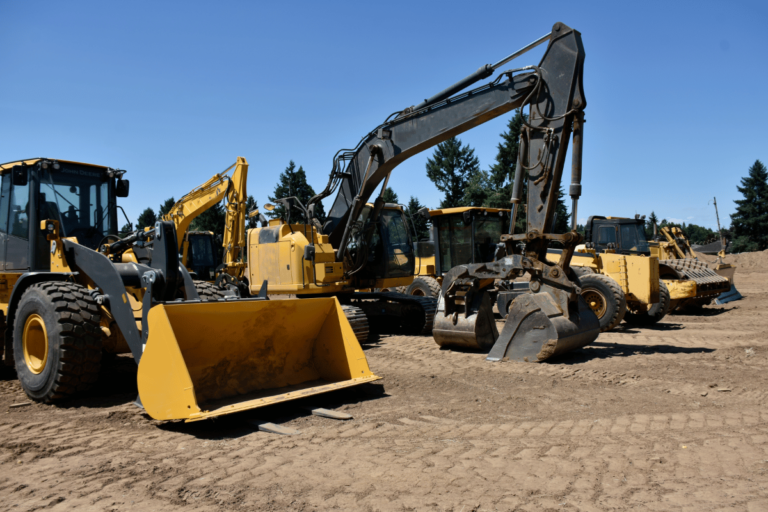A Comprehensive Guide to the Asphalt Paving Process in Portland
Portland’s natural beauty is captivating, with its lush forests, serene rivers, and breathtaking views of Mount Hood creating a picturesque backdrop for the city. Asphalt paving is critical to constructing smooth, durable roadways and driveways.
Understanding the steps performed by experts can help property owners make informed decisions and ensure a long-lasting pavement. This guide breaks down the process of asphalt paving Portland, highlighting key stages and best practices.
Preparing the Site
Thorough site preparation is essential before paving begins. This step includes removing debris, vegetation, and current pavement from the area. Proper grading and sloping are also crucial to prevent water pooling, which can damage the asphalt over time.
Why is site preparation so necessary? Properly prepared ground ensures a stable foundation for the pavement’s longevity. Without this step, the pavement might develop cracks and potholes prematurely.
Excavation and Base Layer
Once the site is cleared, excavation is performed to reach the necessary depth. The depth can vary depending on the expected traffic load and the soil type. Typically, residential driveways require less excavation compared to commercial roadways.
After excavation, a base layer is laid down. Typically, this layer comprises crushed stone or gravel, ensuring a stable base for the asphalt. Compacting this layer is crucial. A well-compacted base prevents future settling and unevenness in the pavement.
Adding the Binder Layer
The next step involves laying the binder layer. This layer is made of large aggregates mixed with oil, creating a strong and stable layer beneath the surface asphalt. The binder layer adds structural integrity, making the pavement durable under heavy loads.
How does the binder layer contribute to the overall strength? It acts as a supportive cushion that absorbs the stress from the surface, distributing it evenly and preventing cracks.
Surface Layer Application
The surface layer, also known as the topcoat, is what you see and drive on. This layer uses smaller aggregates mixed with sand and oil, resulting in a smooth and visually appealing finish.
Paving this layer requires precision. The asphalt mixture must be at the right temperature to ensure proper compaction and bonding with the binder layer. This step is essential to ensure a sturdy, long-lasting surface that can withstand weather conditions and traffic.
Compaction
Compaction is vital throughout the paving process. Each layer is compacted using heavy machinery to eliminate air pockets and ensure density. Proper compaction enhances the pavement’s durability and prevents future issues such as potholes and rutting.
Why is compaction essential at every stage? Compaction increases the pavement’s load-bearing capacity and extends its lifespan by minimizing the risk of water infiltration and freeze-thaw damage.
Finishing Touches
After the surface layer is compacted, the finishing touches are applied. This includes smoothing out imperfections and ensuring the edges are clean and well-defined. Proper drainage is also checked to prevent water accumulation, which can deteriorate the asphalt over time.
Understanding the process of asphalt paving in Portland is crucial. Each phase is critical to crafting long-lasting, top-notch pavement, from preparing the site to adding final details. For property owners considering asphalt paving, being informed about the process allows for better decision-making and meets expectations. Proper paving leads to smoother, safer, and more durable surfaces, whether for a driveway or a commercial roadway.







